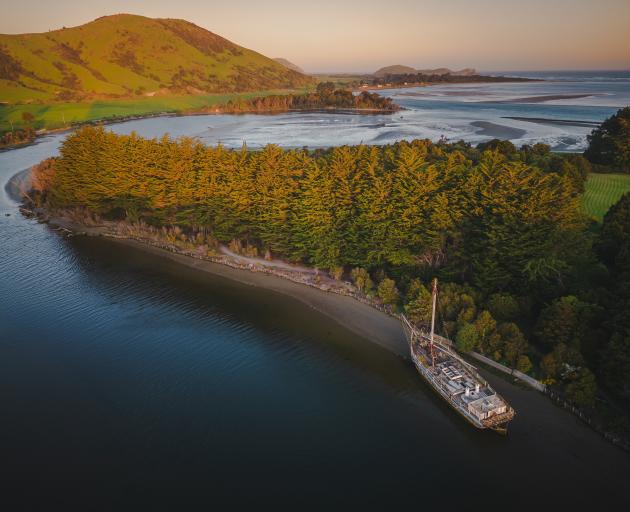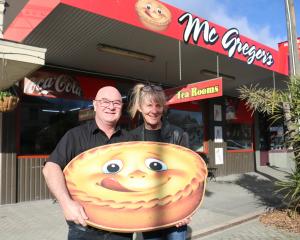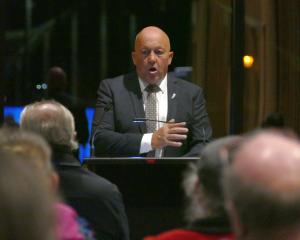
Originally called Catlins River, the town was then called Quakerfield, before finally settling on the name Ōwaka. Sawmilling was at the heart of the Catlins economy and in 1872 Ōwaka exported more timber than any other port in the South Island. Ships first anchored at Pounawea, then sailed on the high tide to load timber from the sawmill wharves further up the river. The town also had a gunpowder factory which was established by John Mackley in 1880.
The surrounding area had ample supplies of hinahina/whiteywood which was ideal for the quality charcoal necessary in the making of gunpowder. Sold under the very ostentatious name of "Mackley and Leijon’s Owake Mills Tower Proof Gunpowder", the powder was of such a quality that it won a medal at the New Zealand International Exhibition in Christchurch in 1882.
Health and safety were not strong points, as the mill workers were known to take a break to smoke cigarettes sitting on the gunpowder kegs. Despite warnings, it came as no surprise that an explosion destroyed the mill in 1885 and it was not rebuilt.
Between 1870 and 1890 the town grew to include a post and telegraph office, banks, stores and a school. When, in June 1896, the rail terminus for the Catlins River branch opened further to the north, the town gradually shifted to the railway line. Only a handful of houses remain of the original town in an area now known as Settlement Hill. The new rail link boosted sawmilling and at one point 30 sawmills were operating in the area. The town was now large enough for a district high school to be established in 1922, along with a butter factory, and the following year a small hospital opened. The town peaked between 1920 and 1930 with a population of about 600.

Ōwaka is 31km south of Balclutha on the Southern Scenic Route.
The book
High Hopes and Big Dreams: 165 New Zealand small towns in their twilight, by Peter Janssen and Elizabeth Anderson (White Cloud Books from Upstart Press, RRP $49.99)












